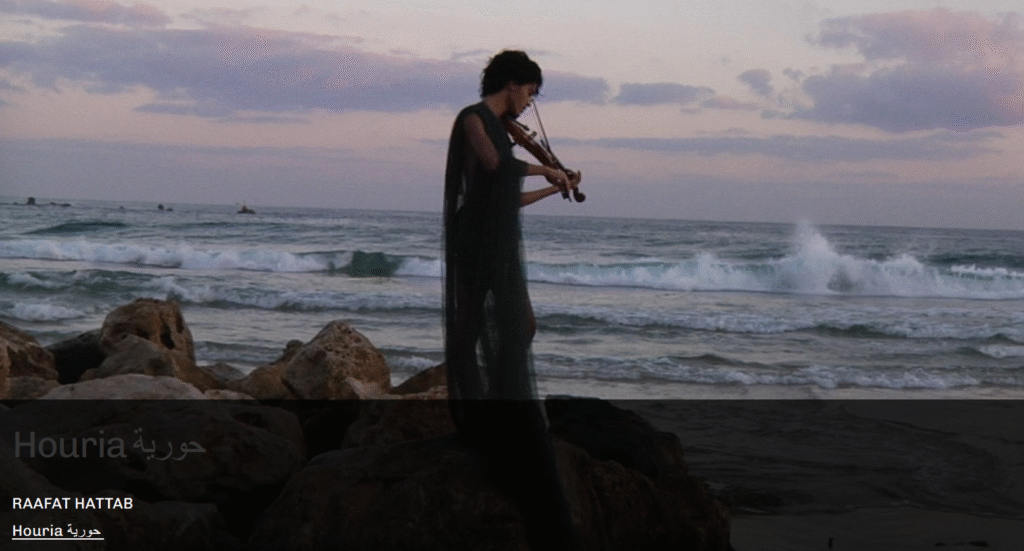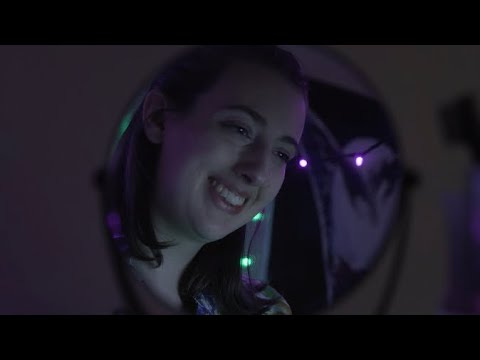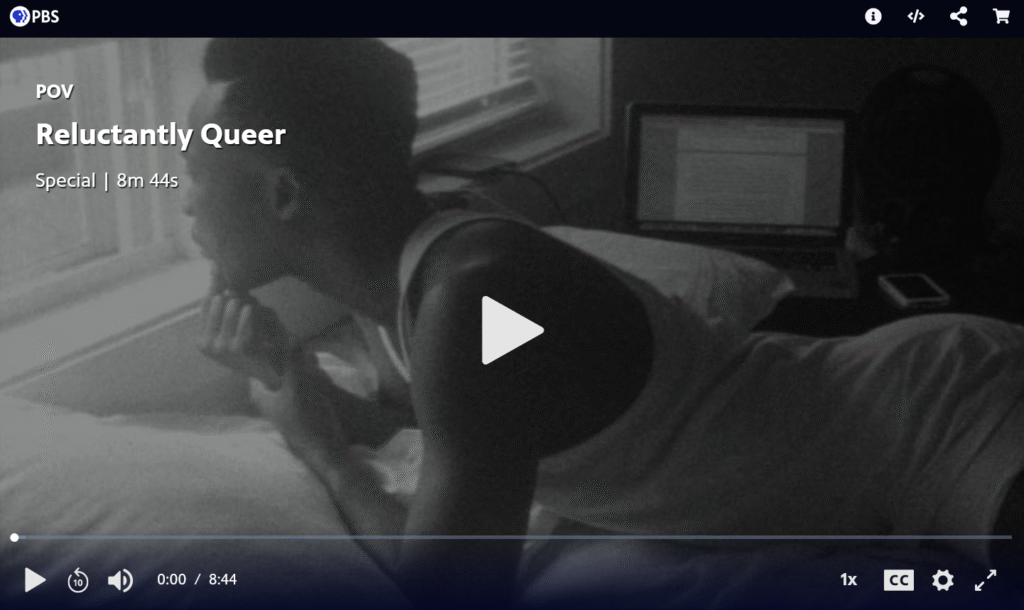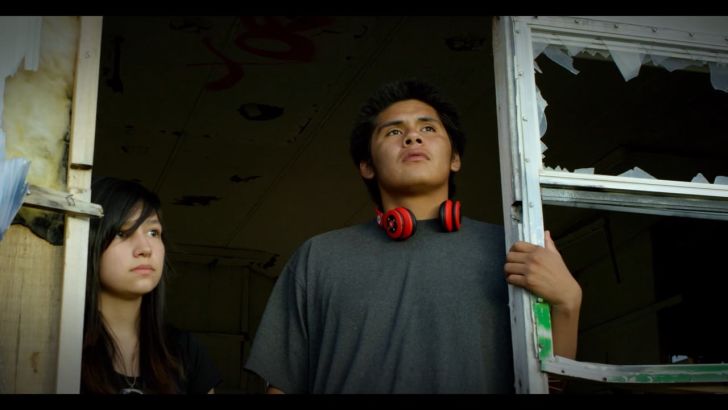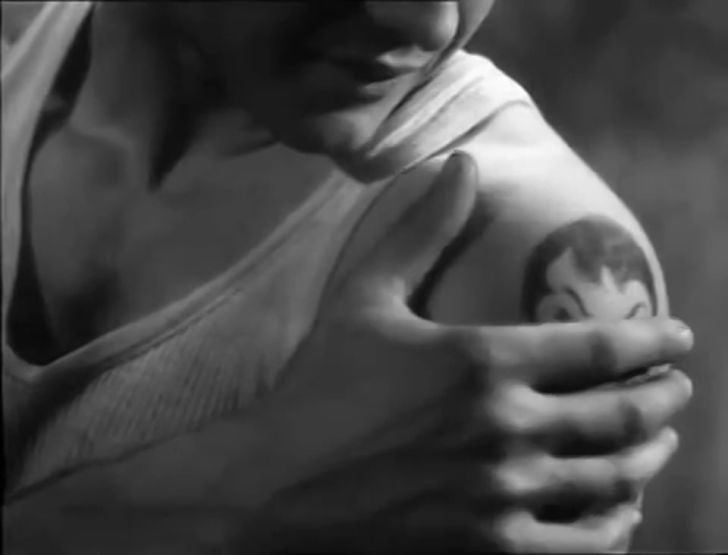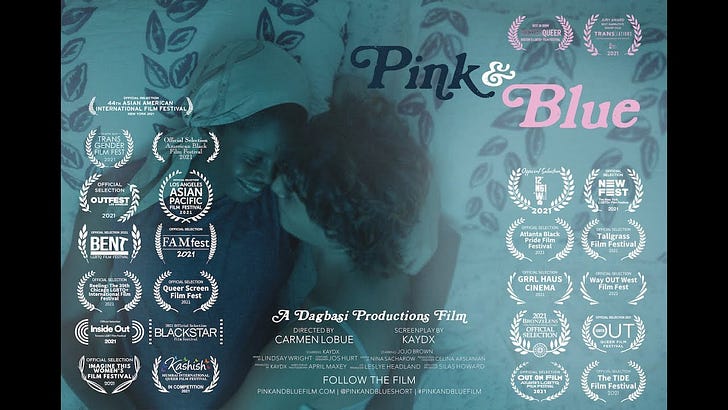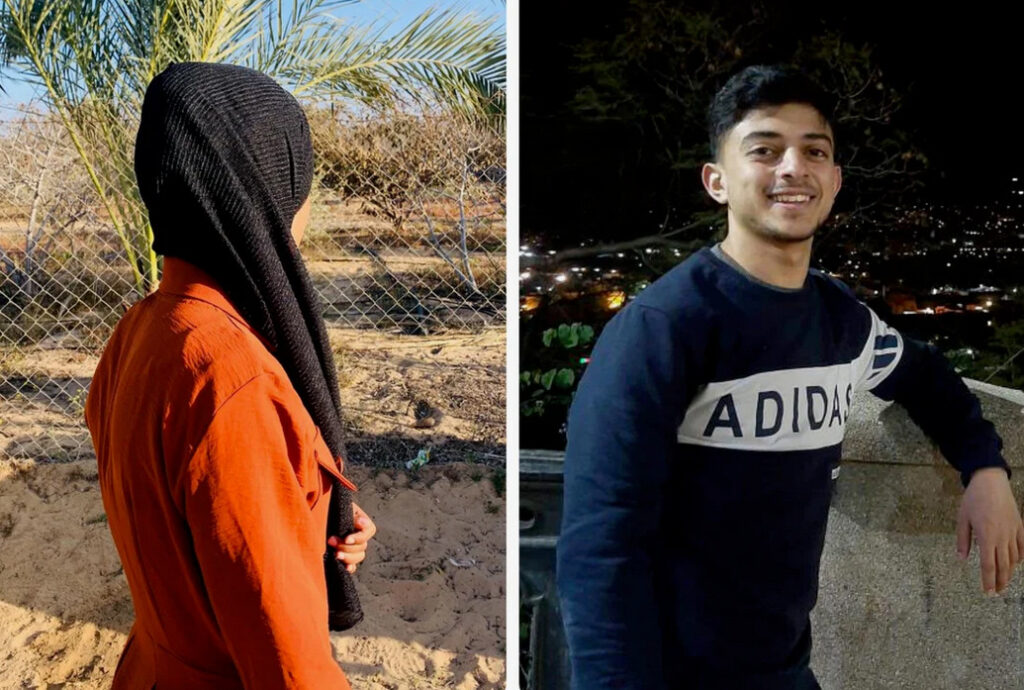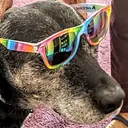Five queer short films work to decolonize and reclaim the land
queer short cuts is finally back! I apologize for the long hiatus, but I’m excited to be bringing you queer short film recommendations, hopefully returning to my biweekly schedule.
I also wanted to share that I recently started another newsletter called (thanks to my friend Ellis Johnson for helping me come up with a name that ties these two together!), where I’ll be writing about climate justice, prison and psychiatric abolition, caste abolition & anti-Hindutva movements, long COVID, and more. My first series of posts is on genocide, climate injustice, and eco-colonialism in Palestine – check it out!
And now, in a similar vein…
Decolonization is about destroying systems of white supremacy and oppression, and that fundamentally cannot happen without the land. LANDBACK is an Indigenous and Black-led movement to reclaim the land, to protect the environment and be stewards of the land, to demand reparations that are owed to colonized peoples, to bring displaced people home, to feed and care and house and care for them together, to build communities that are generative and healing and safe for queer and trans folks – to treat land as the space where people live and flourish rather than as property under militarized racial capitalism.
Too many self-professed “allies” to Indigenous liberation will make performative land acknowledgments but balk when it comes to making material reparations. They claim that LANDBACK is impossible without creating the same conditions of oppression for the settlers who now rule the land. This is colonizer mentality, because settlers cannot conceive of reclaiming land without committing genocide. But that doesn’t mean that they are right. This week’s films demonstrate what LANDBACK really means and show how it is inextricable from queer liberation.
LANDBACK battles are being fought across Turtle Island – what is colonially known as North America – but LANDBACK is a global movement for all colonized people. Palestinian Right to Return is LANDBACK. Freeing West Papua and Kashmir is LANDBACK. Reparations for Aboriginal and Torres Strait Islanders is LANDBACK. Ending green colonialism that is driving genocide in the Democratic Republic of Congo is LANDBACK.
Learn more at LANDBACK by the NDN Collective and at The Funambulist’s issue The Land from Settler Colonial Property to LANDBACK. You can also research and support the battles are being fought by the people Indigenous to the land you live on – in my hometown of Seattle, you can pay rent to the Duwamish People and support their fight for federal recognition as a tribe.
You can find content notes for the films at the very end of the post; see the full list of things I usually warn for. Also, I include pronouns for people mentioned when I can find them explicitly stated. When I cannot, I either use what I see being used for them in articles about them, or I just use their names.
“When you talk about LANDBACK, it’s also talking about cultural restoration and the things that go with it. So having that land back in itself is also a piece of being Two Spirit because you’re also regaining that culture that was wiped out.”
Translations: For Land and Spirit, a VICE News film produced by Maral Usefi and Lena Jakobsson, follows correspondent Alyza Enriquez (they/them) as they interview Two Spirit and Indigiqueer land defenders at the Fairy Creek blockade on Pacheedaht First Nation land, in what is colonially known now as British Columbia, Canada. The Fairy Creek blockade was a resistance and LANDBACK movement that began in 2020, led by Indigenous land defenders, to fight against old-growth logging. It is considered the largest act of civil disobedience in Canadian history.
Enriquez spends time with several land defenders who live at Fairy Creek camps, including Mitîhî, a Métis and Indigiqueer person who coaches new folks putting their bodies on the line on how to deal with the police; Raven Brascoupe, a firekeeper who discovered their Two Spirit identity after joining the Fairy Creek encampment and meeting their partner; and Tami Starlight, a Nahiya Two Spirit land defender who also goes by Many Spirit Warrior. Enriquez also witnesses the colonial violence inflicted upon the Indigenous leaders by the Royal Canadian Mountain Police (RCMP), who fabricate reasons to attack peaceful land defenders and destroy their camps.
The Fairy Creek blockade has since ended, with the government of British Columbia deferring logging in the area until 2025 and dropping their injunction on protests. However, 15 land defenders are being sued by logging company Teal Cedar for up to $10 million dollars. You can donate to their legal defense fund to support them.
Translations: For Land and Spirit
“My land is to share.”
Tierra | Earth, directed by Fana Adjani, is a music video for Colombian fusion band Bomba Estéreo, who mix champeta, cumbia, pop, alternative rap, reggae, and reggaetón in their 2021 album Deja. The music video stars lead singer Li Saumet and non-binary Zapotec Indigenous artist Lukas Avendaño, who dance with each other and with the land in a sensuous and vibrant performance. In an artist statement about the album, Saumet said, “the album is about the connection and disconnection of human beings – from the planet, from one’s own self.”
Tierra | Earth [Bomba Estéreo]
“For me, as an Indigiqueer person, I think it’s really important to do invasive removals and land restoration because it’s a mindset where things can heal, whereas colonialism creates a mindset where the damage is done, you might as well cut your losses.”
Out and About: Connecting Queer Indigenous identity and land restoration, produced by CBC, focuses on the work of Tiffany Joseph (W̱SÁNEĆ, Sḵwxwu7mesh, and Quw’utsun), an Indigiqueer environmental steward who removes invasive Scotch broom plants that have been harmful to the ecosystem. She ties this long-term restoration work that fosters the return of native plants to the process of healing her relationship to herself, as an Indigiqueer person, and to the land.
Out and About: Connecting Queer Indigenous identity and land restoration
“Dreaming with the land is very central to the ritual work that we’re doing.”
Adaptations: Living With Change, directed by Kat Sotelo for A Studio in the Woods, features two artists: ChE (they/them), a proudly Queer, Gender-expansive Afro-Indigenous artist-healer, educator, and movement organizer; and kei slaughter (they/them), an interdisciplinary performing artist, vocalist, multi-instrumentalist, composer, and music therapist. ChE and kei slaughter worked together on “The People Can Fly”, a land-responsive performance ritual rooted in Queer Afro-Indigenous cultural strategies to heal relationships between the body, intersectional justice, and the land in four sites in the Gulf South of the United States, including a former sugar cane plantation where Black people were enslaved.
Adaptations: Living With Change
“I’ve been homeless for the past four days.”
Kama’āina (Child of the Land), written and directed by Kimi Howl Lee, follows Mahina (Malia Kamalani Soon), a queer Kānaka Maoli teenager in Wai’anae, a predominantly native part of Oahu Island in Hawai’i, as she flees her abusive household. Mahina is forced to live rough while she tries to find a friend who can take her in, even just for a night, but as her own connections fail to support her, she finds refuge in Pu’uhonua o Wai’anae, a very real Native Hawai’ian-led village of houseless people working to bring everyone home.
Hawai’i has one of the highest rates of homelessness in the United States, as well as one of the highest rates of homeless youth, a profound injustice for Indigenous people on colonized lands that should be theirs in the first place. Pu’uhonua o Wai’anae is the essence of LANDBACK, a self-organized community living on twenty acres of land that, in the absence of the reparations they deserve from the occupying U.S. government, they’ve purchased over the past decade, working to support their own with medical care, social services, school supplies, food security, and permanent housing. The film includes mostly houseless actors and was based to a certain degree on Malia Kamalani Soon’s own experiences; we are also introduced to Twinkle Borge, one of the leaders of the camp, as herself.
Pu’uhonua o Wai’anae’s work is ongoing, and you can help fund phase one of their project to construct a cluster of homes for 25 residents.
Kama’āina (Child of the Land)


